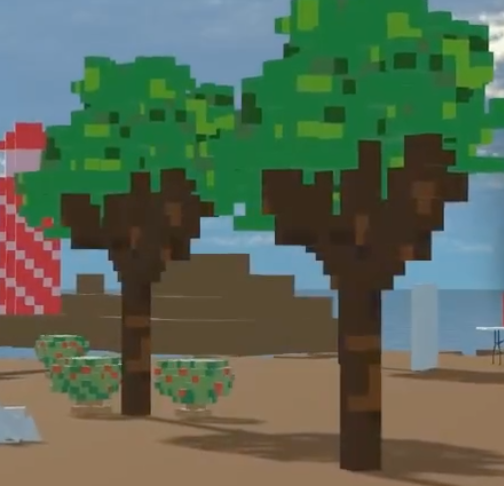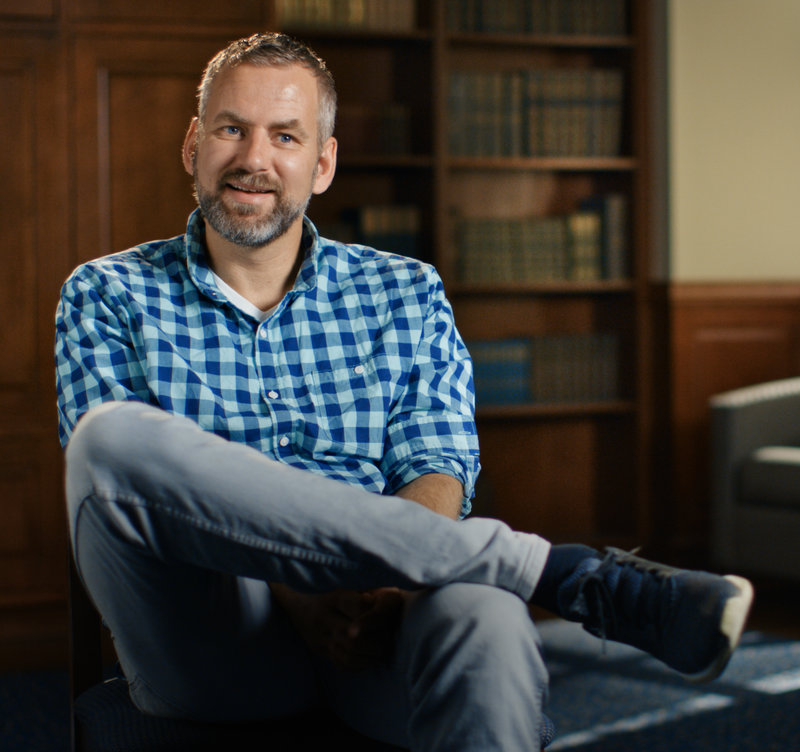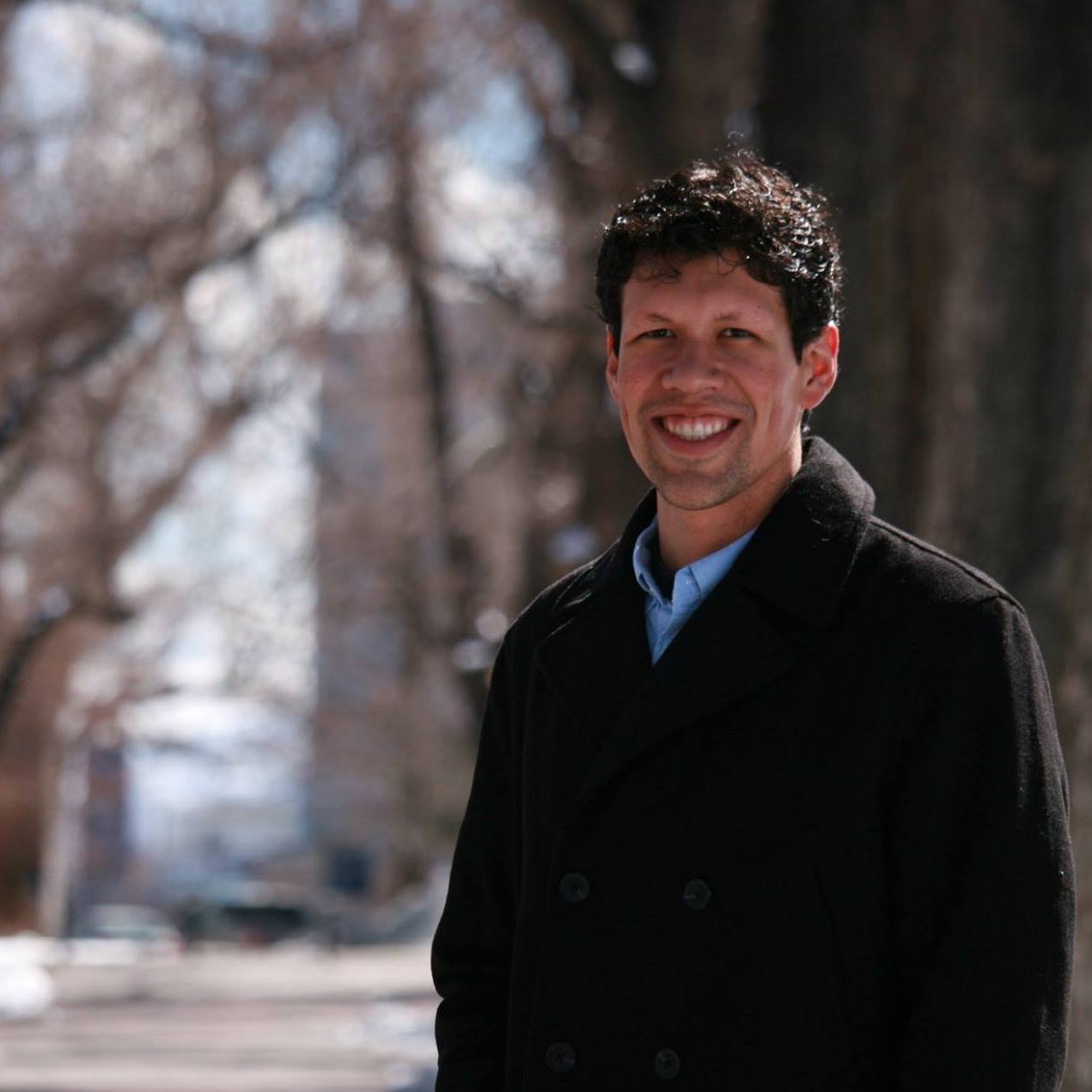
Benjamin Brown
Our main project advisor, he is employed at the Davidson Academy of Nevada and enjoys helping students with senior projects.

A virtual reality physics game developed by Team 10
A Virtual Reality Game Developed for CS425/426 (Fall 2017/Spring 2018): Senior Projects in Computer Science
Instructors: Sergiu Dascalu and Devrin Lee
On the forefront of interactive games hardware are virtual reality headsets and their controllers. Products such as HTC’s Vive, Oculus Rift, and Playstation VR provide immersive experiences that outperform what computer monitors can provide. It is with these virtual experiences that Team 10 will build an educational environment that can effectively use all forms of learning.
The commonly used forms of learning are shortened into the acronym “VARK” which stands for “Visual, Auditory, Read/write, Kinesthetic.” The typical classroom environment can at best address two of the four forms of learning. Classroom lectures are spoken to students who listen for important details while reading what a teacher has written on the subject and recording the details in notes for later use. Labs that are associated with classroom lectures address the remaining two forms of VARK learning. Students are given the opportunity to see what was being described in their lecture while interacting with the lecture material. Team 10’s Virtual Reality Physics Lab will address all four forms of learning using a personalized experience in HTC Vive.
As mentioned, Team 10’s Virtual Reality Physics Lab will incorporate all of the forms of learning usually restricted to two environments into one environment. This environment will be in the form of a “sandbox” environment. “Sandbox” environments encourage freedom of movement, where a user is left to their own devices to interact with various objects in the environment. Each object in the Virtual Reality Physics Lab will have information associated with the object that relays physics data relevant to the student’s education. With the combination of an immersive “sandbox” experience and the information necessary to learning physics, students will leave the simulation having enjoyed learning about physics.
The following simulations are available or in development

Our main project advisor, he is employed at the Davidson Academy of Nevada and enjoys helping students with senior projects.

Our faculty advisor for this project. He is the new department chair for the Department of Computer Science and Engineering at UNR.

Graduating Spring 2018 and considering graduate school in the future.
christopherlewis@nevada.unr.edu

Graduating Spring 2018 and is attending graduate school at UNR.
amunoz24@nevada.unr.edu

Graduating Fall 2018 and is planning to work for a local start-up.
nicktendo13@hotmail.com
The following documents describe our development
The following resources helped us with our development and influenced the creation of VR Physics
VIRTUAL REALITY by Steven M. LaValle This book details various aspects and properties
relating to virtual reality (VR). The book discusses the hardware required to make a VR device,
the software that is currently being used in conjunction with VR,
how the human body is affected when using VR, and what experiences VR has to offer.
Retrieved From: http://vr.cs.uiuc.edu/
Introduction to game design by Jeremy Gibson is a textbook that
details areas of game design. Since game design is an important part
of this because this is a VR game this book is a valuable resource
Link to 1st Edition on Amazon
2nd Edition also available here
This site has information on how to create and work with virtual
reality components in the Unity3d Engine. It has pages on it from
the basic components used in VR to how optimize for VR games.
It is a complete guide on using VR in Unity3d and offers several
comprehensive tutorials.
Unity Tutuorial: https://unity3d.com/learn/tutorials/s/virtual-reality
This site is a valuable resource since this is was what inspired our project.
By looking at this we can see what an educational physics simulation
should look like. Included in this site are simulations for: Projectile Motion, Newtonian Forces, Buoyancy, Etc.
Phet - Interactive Simulations
Benjamin Brown wrote his theis on educational games. What made his research different was that talked about masking an educational game with something that was less "educational". We took his research and applied it to our game.
Benjamin Brown's Thesis
This article discusses how different factors of a virtual reality environment effect the quality level of an experience in VR.
Its aim is to see how virtual reality impacts the user’s mood.
Specifically, this article discusses a study on how virtual reality effectively evokes certain feelings from the user.
This is important to our game since our game relies on how the user feels because its main target demographic.
The main target is younger students and we would like them to feel the best when playing
Take a look!